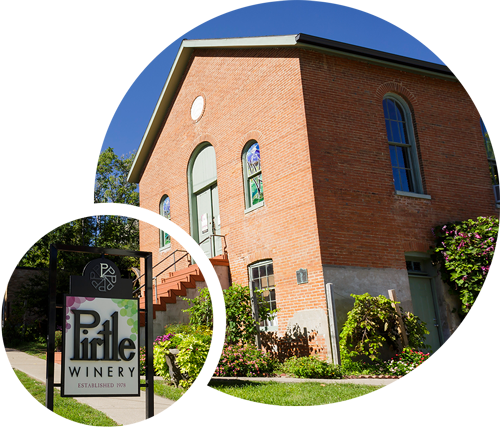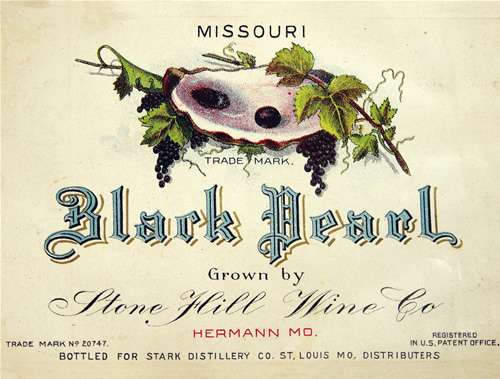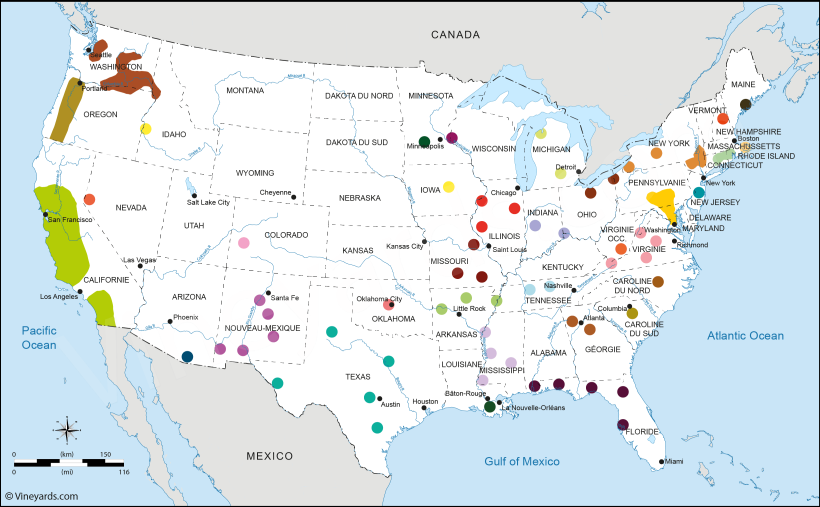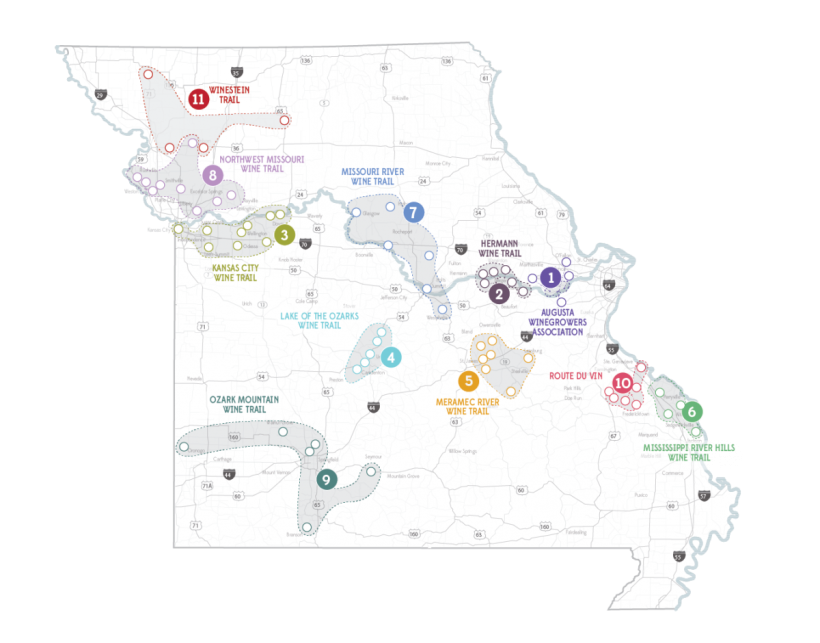More than likely, your local store has endless rows of foreign wine and a small section labeled Local. What makes the Local section special? Why should you purchase a bottle from a smaller named winery when you can buy a recognized brand like Kendall Jackson or Robert Mondavi?
As a novice wine connoisseur, it is intimidating to purchase a bottle from an unknown winery. My wine adventure began with a bottle of Velvet Red from St. James Winery. Through one glass, the wine transported me to St. James, Missouri where I could experience the history of the Hofherr family. One sip, that was it, I was hooked on drinking local.
Drinking local is story telling
At local wineries you learn the stories of not only who created the winery but why. Every bottle of wine allows you to listen and find inspiration from the vitner’s passion. It can teach you that Jim and Pat Hofherr of St. James Winery created their business to drink and share wines with their friends. Stories share the good times but also the struggles. The story of Stone Hill Winery, tells that Michael Poeschel turned to mushroom production in the historic cellars for 45 years during Prohibition. Through the local wineries, you have the chance to share your story. Every time you open a bottle, you reminisce on the first time you discovered the wine and the experiences gained visiting the winery.

Drinking local is sharing history
Local wine tells you about Immigrants from Germany, Austria, Switzerland, France and Italy who travelled west, landing in Missouri to make a better life. These immigrants travelled with clippings from their old vineyards hoping to produce wine in their settled towns. It speaks about Hermann, Missouri; a small river town that became a booming wine production center in the Midwest before Prohibition. Every bottle tells the story of discovery. It allows you to go back in time to when Charles V. Riley diagnosed the insect parasite that attacked French vineyards. His discovery and shipment of immune Missouri roots saved French vineyards.

Drinking local is appreciating the land
Soil is one of the fundamental reasons wine can be produced. The soil provides substantial nutrients turning the vine into grape clusters. Every bottle of wine requires approximately ten grape clusters or eight hundred grapes. One acre of land can make approximately one or two tons of grapes. As many grapes as that sounds, it only creates 700 to 1,100 bottles of wine. Drinking local is appreciating that the soil can produce grapes. American Viticulture Areas (AVA) are recognized areas for wine production. Any bottle of wine with an AVA label must have 85% of the bottle’s grapes being produced within the recognized area. The first AVA in the United States was founded in Augusta, Missouri on June 20, 1980. Missouri has two other AVAs: the Hermann River Valley and the Ozark Highlands.

Drinking local is an adventure
Missouri has over 130 wineries. It would take two and a half years to visit all wineries in Missouri if you planned to visit one each weekend, each year. Luckily, eleven wine trails exist across the state. These wine trails consist of three to nine wineries in a relatively close distance. This is a great way to explore new wines that are not necessarily in your nearby store.
I hope my experience with local wineries inspires you to try a new bottle of wine. I recommend sharing your favorite wines with out-of-town visitors. When traveling, I recommend visiting a local winery to learn about their story and history. Below, I have recommended five wines from Missouri and Eastern Iowa regions. Please comment below with your favorite local wine.

Missouri/Eastern Iowa wine recommendation list:
Stone Hill Winery 2014 Norton (Norton is the state grape of Missouri) – Hermann, Missouri
A full-bodied and dry, with tremendous fruit and complexity to complement red meat, wild game, lamb or full-flavored foods. The wine contains ripe supple tannins, intense blackberry flavors and spicy aromas.
Les Bourgeois Fleur Du Vin – Rocheport, Missouri
A semi-dry red wine with soft character and light and fruity aromas is broadly appealing and reveals the uniqueness of the Missouri St. Vincent grape.
West Winery Duck Creek Red – Macon, Missouri
A sweet grape table wine made from a Chambourcin and Concord blend.
Pirtle Winery Vignoles – Weston, Missouri
A wine made from 100% Vignoles grapes. This crisp, semi-dry white wine has hints of apricot and grapefruit.
Ardon Creek Nouveau – Letts, Iowa
A light, fresh, semi-dry red wine made from a Marechal Foch and Noiret blend.
Interested to learn more about Missouri wine production?
A Little Taste in Missouri Wine
How Missouri Wine Industry First Took Root